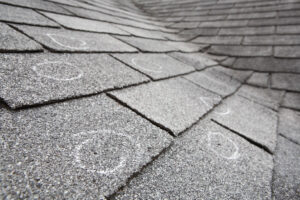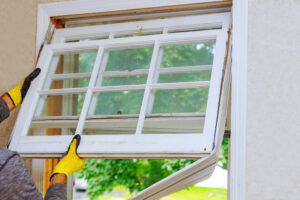
When do you need to replace your roof?
Replacing a roof is expensive. Nobody wants to do it if they can get their current roof to last longer. So how do you know

Replacing a roof is expensive. Nobody wants to do it if they can get their current roof to last longer. So how do you know

Can you deduct the cost of a new roof on your taxes? Maybe yes and maybe no. The tax implications of say replacing the shake

The city of Bellevue maintains a number of districts known as Transition Area Design Districts. These are areas the provide a buffer between residential use

Replacing your windows can bring value to your home. Advancements are continually being made in the energy efficiency, this can save you money as a

2016/11/14 Can you imagine a neighborhood of two and half million dollar homes built on spec? Well that is exactly what Toll Brothers has done

Triple pane replacement windows make your home quieter. Triple pane windows might be quieter than a double pane window but what makes the window quieter has

We all know about the most common type of shingle in the United States; asphalt composition. Not many people know what they are made of
Main Phone: (425) 260-4498
Email: todd@emeraldstate.com
24717 SE 45th Way
Sammamish, WA 98029
Seattle, WA
Issaquah, WA
Kirkland, WA
and surrounding areas